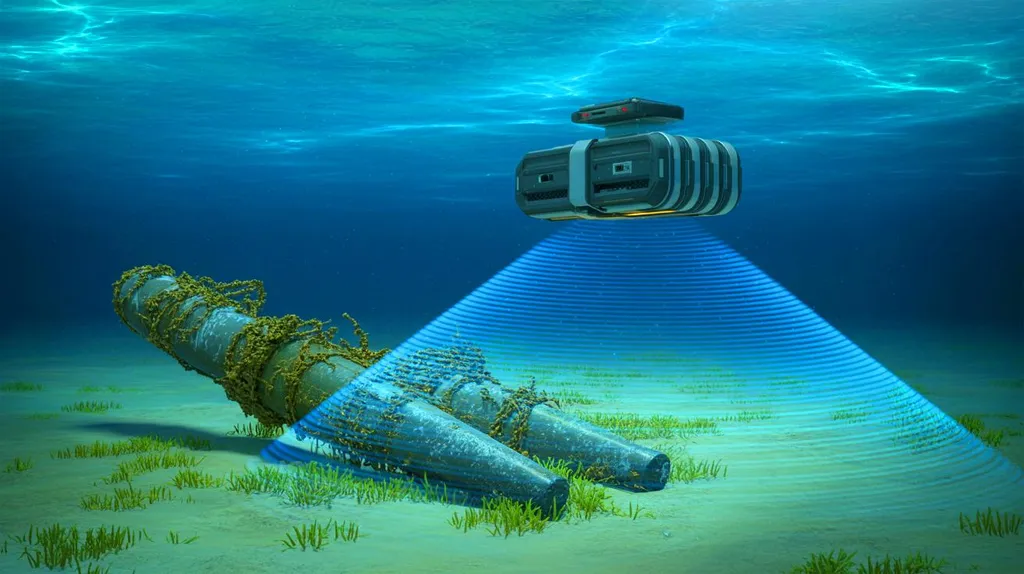In a recent study published in the journal ‘Frontiers in Marine Science’ (which translates to ‘Frontiers in Marine Science’ in English), researchers led by Hao Wang from the Department of Safety Science and Engineering at Shanghai Maritime University have shed light on how submarine shallow gas leakage can shape the seafloor and impact marine ecosystems. The study, titled “Multi-parameter coupling effects on plume morphology and pockmark development induced by submarine shallow gas leakage,” offers valuable insights for maritime professionals, particularly those involved in offshore energy, marine construction, and environmental management.
When gas seeps from beneath the seafloor, it can create plumes and pockmarks—craters on the seabed. These formations can disrupt local ecosystems and affect the behavior of marine life. Wang and his team set out to understand how different factors, like gas pressure, burial depth, and the number of release points, influence the size and shape of these plumes and pockmarks.
The researchers used a custom-built experimental system to simulate gas leakage under controlled conditions. They found that higher gas pressure and more release points led to taller and wider plumes, while deeper burial reduced their size. The angle of the plume was also affected by pressure and burial depth but not by the number of release points. As for the pockmarks, their depth, diameter, and volume were most influenced by gas pressure.
“Pressure was the dominant factor in determining pockmark volume, while the number of orifices had the least influence,” Wang explained. This finding could be crucial for industries dealing with submarine gas leaks, as it highlights the importance of managing gas pressure to minimize environmental impact.
The study also revealed that the strength of the soil around the pockmarks changed after gas release. The center and outer areas became more compact and stronger, while the edges and waistline regions weakened due to shear failure. These changes can alter sediment stability and pore water chemistry, potentially affecting the distribution of benthic communities—the organisms living on or in the seafloor.
For maritime sectors, these findings present both challenges and opportunities. Offshore energy companies, for instance, can use this information to better assess the risks associated with gas leaks and develop more effective mitigation strategies. Marine construction firms can also benefit by understanding how gas leaks might impact the stability of the seafloor, especially when laying cables or pipelines.
Moreover, the insights could aid in the design of underwater structures that minimize disturbance to the seabed. For environmental managers, the study underscores the need to monitor and manage gas leaks to protect marine ecosystems.
In summary, Wang’s research provides a clearer picture of how submarine gas leaks shape the seafloor and impact marine life. By understanding these processes, maritime professionals can make more informed decisions, ultimately contributing to safer and more sustainable offshore operations.
As Wang put it, “Our findings provide experimental insights into how gas release parameters influence submarine geomorphology and sedimentary environments, contributing to risk assessment of marine ecological disturbances associated with shallow gas activities.” This work not only advances our scientific understanding but also offers practical guidance for industries operating in the marine environment.

